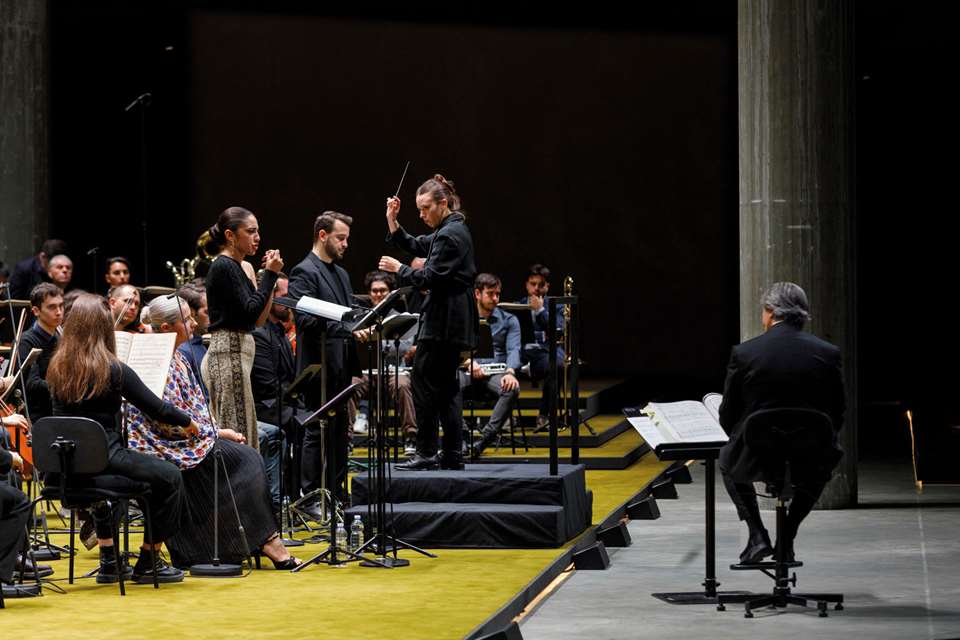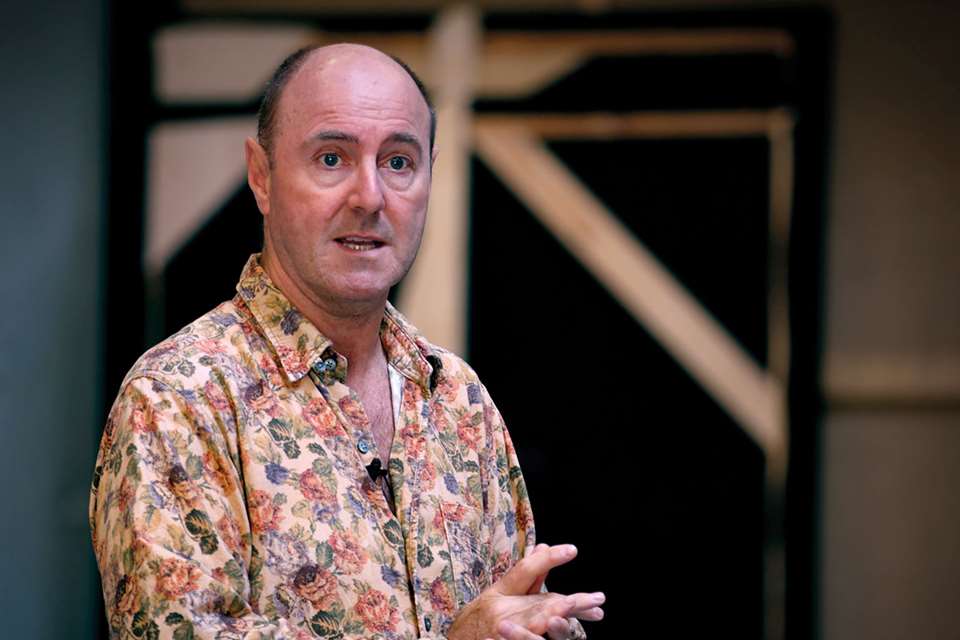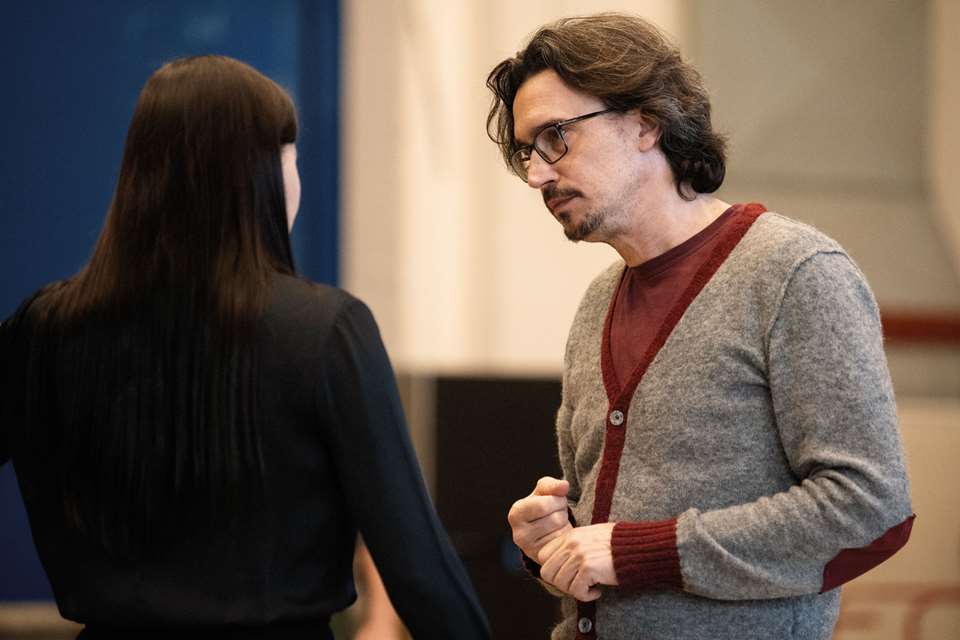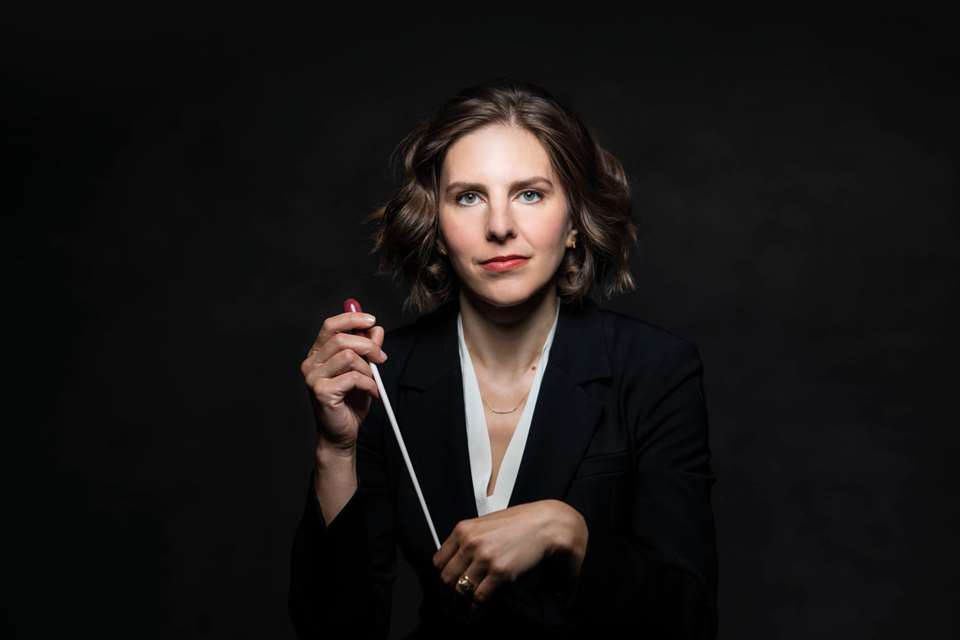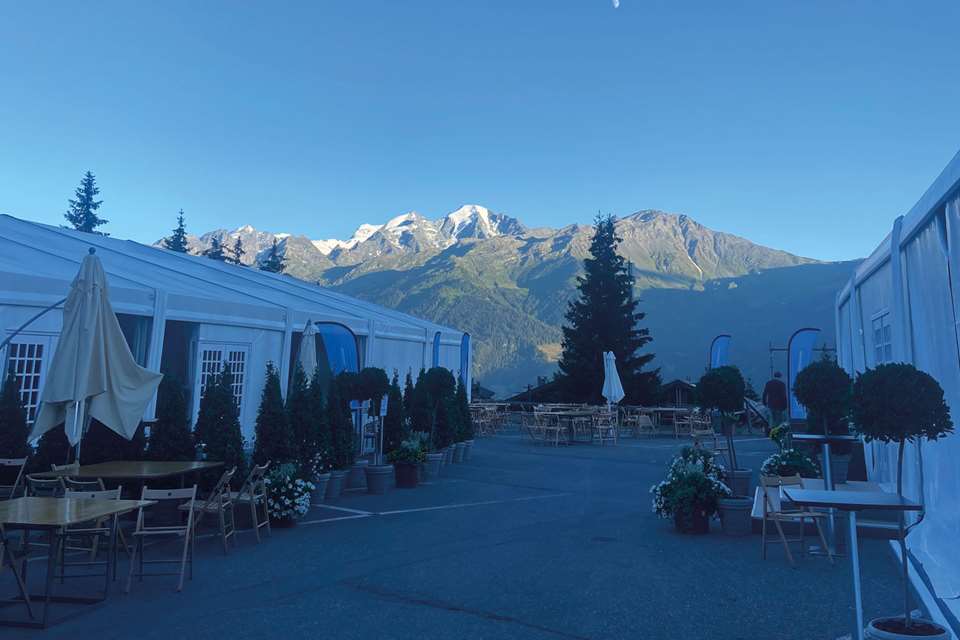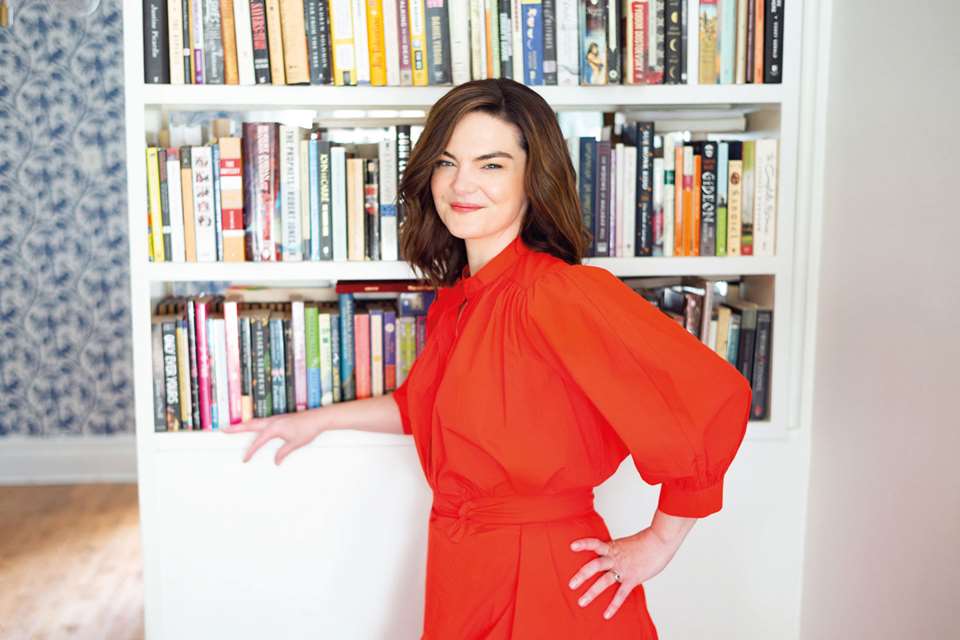Has opera had enough grey concrete?
Andrew Mellor
Thursday, April 4, 2024
Why on earth am I being made to watch yet another operatic story told within grey concrete walls and under arid strip lighting?

Register now to continue reading
This article is from Opera Now. Register today to enjoy our dedicated coverage of the world of opera, including:
- Free access to 3 subscriber-only articles per month
- Unlimited access to Opera Now's news pages
- Monthly newsletter





